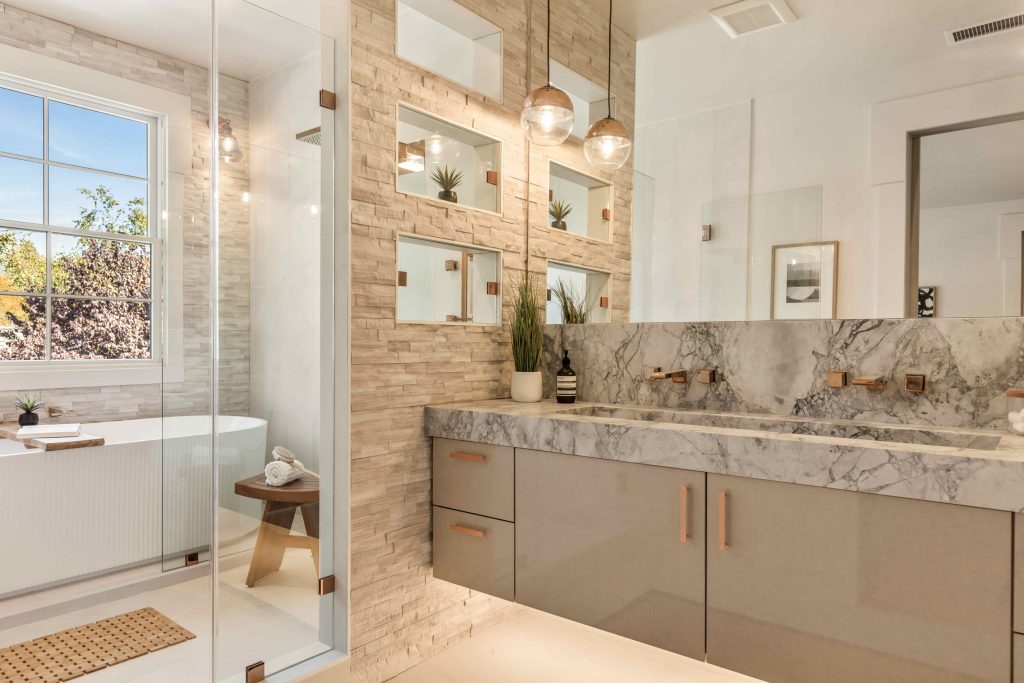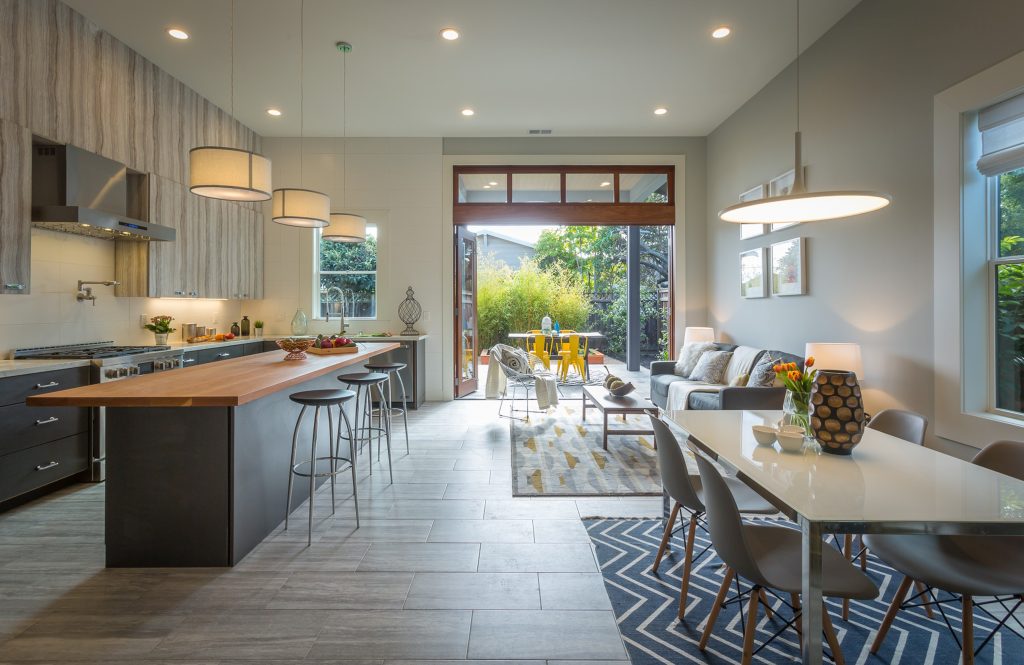There are plenty of great reasons to build an accessory dwelling unit .
As housing costs continue to rise, homeowners are looking for ways to maximize their property’s value.
Housing crisis is one of the most pressing issues.
With skyrocketing costs and a limited supply of available homes, finding affordable housing remains a challenge for many.
These changes have resulted in a surge of interest and investment in building an accessory dwelling unit in California.
ADUs are self-contained living spaces on residential properties that can serve as rental units, guest houses, or even home offices.
In this article, we will explore five key features that homeowners should consider when designing and building an ADU in California.
Feature 1: Size
California is a state with a large enough population to accommodate the growing needs for accessory dwelling units.
The legislature has been considering various proposals that would allow homeowners to build ADUs, or accessory dwelling units, on their properties.
These small homes, often referred to as granny flats or mother-in-law suites, can be a great way for families to expand their living space or secure extra rental income.
ADUs are typically smaller than traditional single-family homes and may require less land than larger estates.
They come in all shapes and sizes and can be built as detached structures or added onto an existing home as an addition.
Homeowners who are interested in building an ADU should carefully review these guidelines before beginning construction to ensure compliance with local zoning laws and building codes.
Feature 2: Access
One of the most significant features of ADUs is private access.
This allows occupants to have their own entrance and exit without disturbing other inhabitants.
This feature makes it possible for homeowners to rent out the ADU as an income-generating asset.
And it also can provide housing for aging parents or accommodate visiting relatives.
More than just offering privacy and convenience, private access creates a sense of autonomy and independence that can positively impact mental well-being.
A private access door can provide a secure entryway for your tenants and preserve the sense of separation between their living space and yours.
There are many ways to incorporate a private access door into your ADU’s design.
Some homeowners choose to create a separate entrance from an existing exterior wall, while others opt for a detached structure with its own front door.
Regardless of the approach, it’s important to ensure that the doorway is accessible but not overly conspicuous.
In addition to enhancing privacy and security, a private access door also allows you to maintain more control over who enters your property.
This can be particularly important if you plan on renting out your ADU through services like Airbnb or VRBO, where guests may be arriving at all hours of the day or night.
Feature 3: Energy Efficiency
California is known for its stringent energy efficiency regulations.
As a result, homeowners who are considering building an accessory dwelling unit (ADU) in the state must adhere to specific requirements to ensure that their properties meet California’s standards.
These regulations aim to reduce energy consumption and minimize greenhouse gas emissions while providing affordable housing options.
One of the main requirements for ADUs in California is to have proper insulation and weatherization systems installed.
This helps prevent air leaks and heat loss during colder months, reducing the need for heating appliances and ultimately cutting down on energy bills.
Additionally, efficient lighting fixtures and appliances are also mandatory, ensuring that homeowners utilize only low-energy-consumption products.
Another significant aspect of California’s energy-efficient ADUs is solar power installations.
The state requires all newly constructed properties to have photovoltaic panels installed on their roofs or in common areas.
Feature 4: Storage Space
Storage space is a critical feature of any home.
It’s an essential aspect that helps keep the home organized and tidy, promoting a sense of calm and peace in our living spaces.
When it comes to ADUs, storage space is essential because they tend to be smaller than traditional homes.
With less square footage available, maximizing every inch of space counts towards creating comfortable living conditions.
Firstly, consider investing in multi-functional furniture that serves more than one purpose.
For example, a sofa bed is not only a comfortable place to sit during the day but also provides an extra sleeping area at night.
A coffee table with built-in storage is another excellent option for stowing away blankets, books or magazines.
Secondly, look for areas that are currently unused and could be better utilized.
One such place might be high up on the walls.
Installing shelves above doorways or along the top of walls will give you additional storage opportunities without taking up valuable floor space.
Feature 5: Technology
Technology has revolutionized the way we live and work.
The addition of technology features in ADUs has made them more appealing than ever before.
This means that renters can easily control their environment without having to physically adjust any knobs or switches.
Additionally, energy-efficient appliances and smart thermostats help reduce utility costs while making daily tasks more convenient and eco-friendly.
Final Thoughts On Accessory Dwelling Units In California
To sum up, adding an accessory dwelling unit in California can be a great investment for homeowners.
By incorporating features such as a separate entrance, energy-efficient appliances, ample storage space, outdoor living areas, and modern finishes, you can increase the functionality and value of your property.
As regulations around ADUs become more flexible in California, now is the perfect time to start planning your project and incorporating these must-have features.
With careful planning and attention to detail, you can create an attractive living space that offers privacy and convenience for both you and your tenants.
Don’t wait any longer – start exploring your options today!



